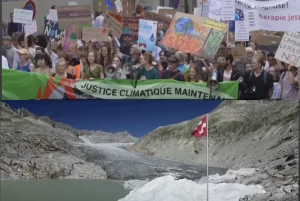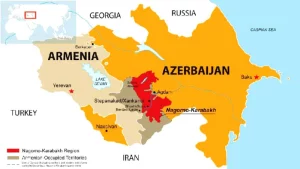Europe’s Energy Crisis: What You Need To Know
5 min read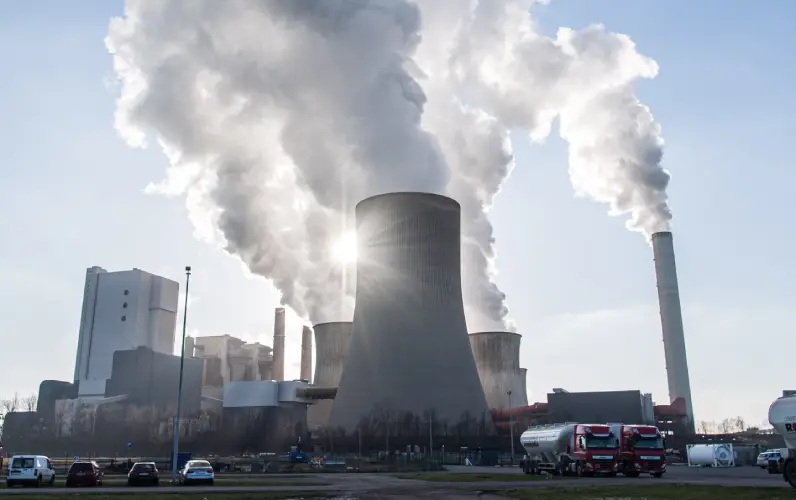
Table of Contents
Introduction
For the last few years, Europe has been facing an energy crisis. This is due to a variety of factors, including the rise in global oil prices, the conflict in Ukraine, and the sanctions against Russia. The energy crisis has led to higher energy bills for consumers and businesses, as well as blackouts and other problems. In this blog post, we will explore the reasons behind the energy crisis in Europe and what can be done to solve it.
What is the energy crisis in Europe?
The European energy crisis is a term used to describe the increased dependency of European countries on imported energy, particularly natural gas and oil. This increase in dependency has led to concerns about the security of Europe’s energy supply, as well as worries about the environmental impact of fossil fuels.
Europe has always been dependent on imported energy, but this dependence has grown in recent years. In 2015, Europe imported 53% of the natural gas it consumed and 72% of the oil it used. This dependence is expected to grow in the future: by 2035, Europe is projected to import 65% of its natural gas and 80% of its oil.
This increase in dependency has led to concerns about the security of Europe’s energy supply. Many European countries are heavily reliant on a single supplier for their imports, leaving them vulnerable to disruptions in supply. For example, over half of Europe’s natural gas imports come from Russia, making Europe vulnerable to Political developments in that country.
Environmental concerns are also driving the debate on Europe’s energy future. Fossil fuels are a major source of greenhouse gas emissions, which contribute to climate change. The use of renewable energy sources, such as wind and solar power, is seen as a way to reduce these emissions.
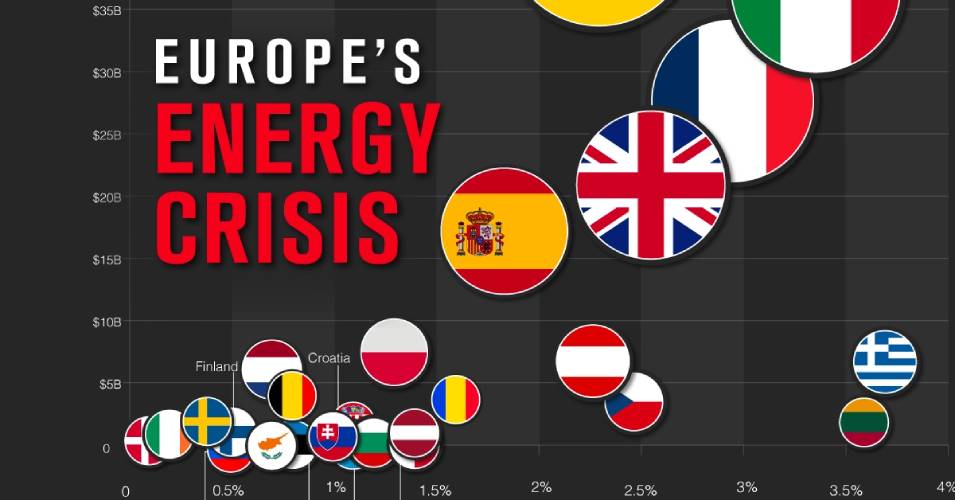
Causes of the energy crisis in Europe
There are a variety of factors that have contributed to the energy crisis in Europe. First, Europe has become increasingly reliant on imported energy, particularly natural gas. This is due in part to the fact that European countries have been slow to develop their own domestic sources of energy.
Second, the conflict in Ukraine has led to disruptions in the supply of natural gas from Russia, one of Europe’s main suppliers. Third, Europe’s emissions trading system (ETS), which is designed to incentivize companies to reduce their greenhouse gas emissions, has been plagued by low carbon prices and a number of structural problems. Finally, Europe’s economies have stagnated in recent years, leading to reduced demand for energy.
Impact of the energy crisis on
The European energy crisis is a term used to describe the perceived shortfall in the supply of electricity and gas presence in the heart of Europe. The crisis has been driven by a combination of factors, including increased demand from developing economies, constraints on production due to environmental regulations, and limited investment in new energy infrastructure.
The impact of the European energy crisis has been felt across the continent, with businesses and households struggling to cope with higher energy prices. In some countries, such as Bulgaria and Greece, power cuts have become commonplace. The crisis has also led to tensions between European countries, with several member states accusing each other of hoarding energy resources.
The European Union has responded to the crisis by adopting a range of measures designed to increase energy efficiency and promote renewable sources of energy. However, it remains to be seen whether these measures will be enough to mitigate the impact of the energy crisis on Europe in the long term.
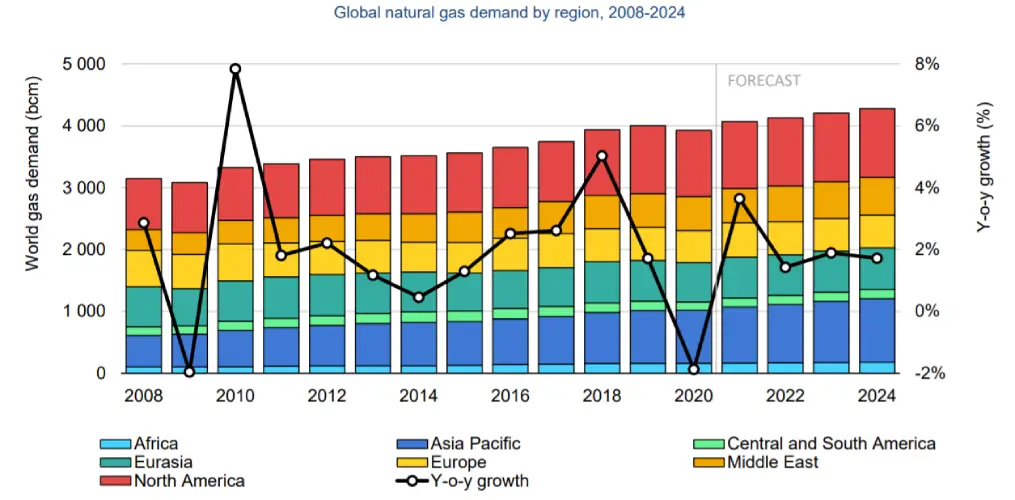
Conclusion
The energy crisis in Europe is a result of a variety of factors, including the continent’s reliance on imported fossil fuels, its lack of domestic production, and its increasing demand for electricity. While there are no easy solutions to the energy crisis, it is clear that Europe needs to take action to reduce its dependence on imported fossil fuels and increase its production of renewable energy.
FAQS
How does Europe deal with the energy crisis?
EU countries have therefore adopted a crisis regulation to address high energy costs and assist citizens and businesses that are most influenced by the energy crisis. The new rules were swiftly assumed by EU energy ministers in the Council.
How long will Europe’s energy crisis last?
Over a time horizon of two to three to four years, with some of the investment in floating LNG [liquefied natural gas] terminals, major economies will start to feed through and make the proportion easier to strike. There’s a sense that this year is nerve-wracking.10-Oct-2022.
Why Europe’s energy prices are soaring?
WHY THE HIGH PRICES? Energy companies pay a wholesale price to purchase the gas and electricity they deal with consumers. As in any market, this can go up or down, forced by supply and demand. Typically, prices rise in reaction to more increased demand for heating and lighting in winter and fall in summer
Can Europe wean itself off Russian energy?
The EU’s long-term shift toward clean energy will decrease its reliance on Russian fuels. However, increasing wind and solar has limited effect in the short term, due to the long lead times implicated in the development of new facilities.
Why is there an energy shortage in Europe?
The center of the issue is Europe’s response to tightening fuel supplies and the war in Ukraine. Cut off from Russian gas, European countries have turned to the spot market, where energy that isn’t committed to buyers is made available for short-notice delivery.
What would happen if Russia cut off the gas supply to Europe?
A full shutdown, while not their base case, could cause European household energy costs up by about 65% to around €500 ($512) per month, according to calculations by Goldman Sachs Research. Industries like chemicals and cement in Germany and Italy might have to cut their gas usage by as much as 80%


